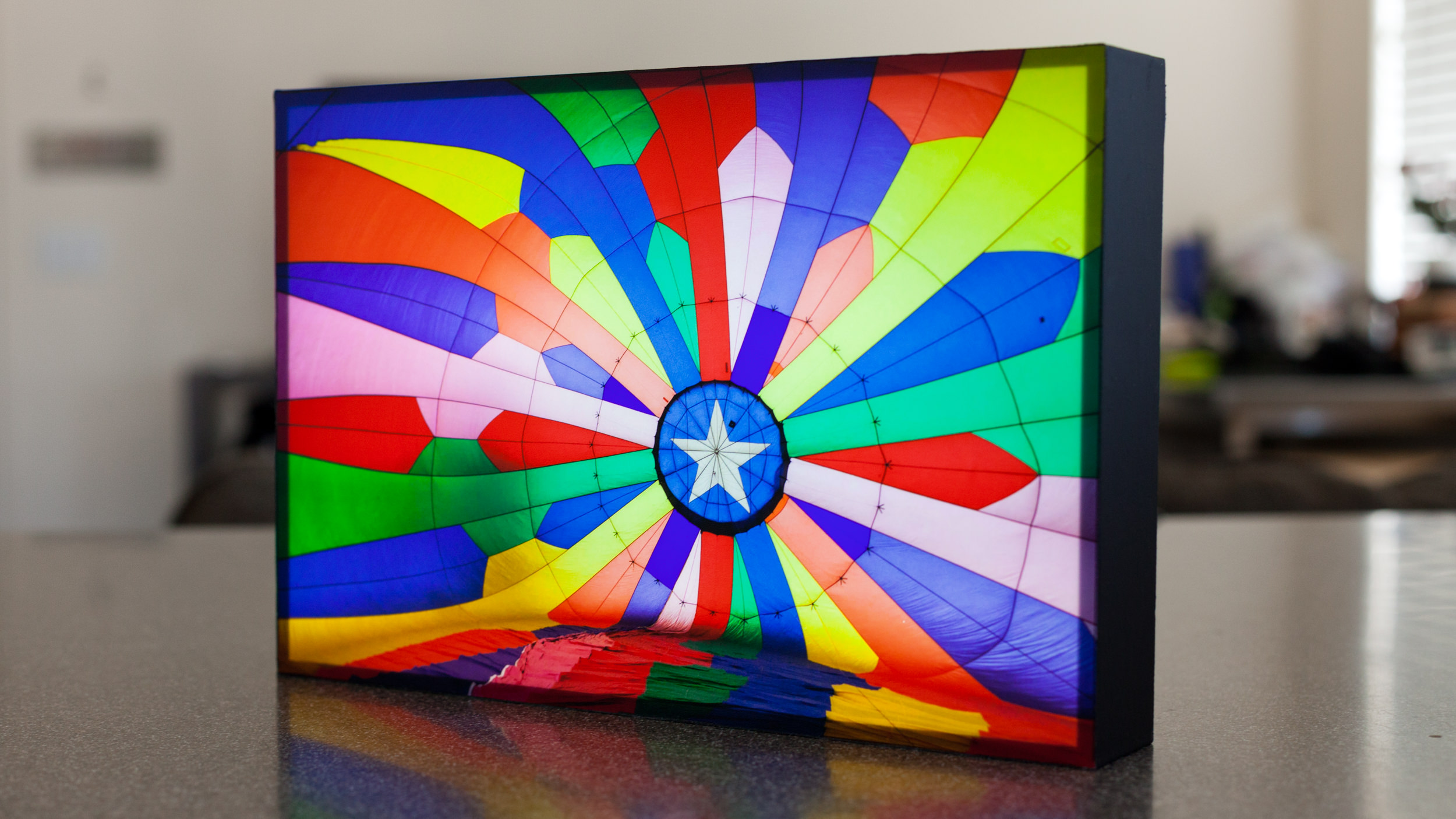
What is Inkjet PP Paper and Why is it Special?
Understanding Inkjet PP Paper
Inkjet PP paper, also known as inkjet polypropylene paper, is a synthetic paper that has been specifically engineered for use with inkjet printers. It is not your typical paper made from wood pulp or other natural fibers. Instead, it is crafted from polypropylene resin, which is a type of plastic. This fundamental difference in composition gives inkjet PP paper a set of characteristics that distinguish it from traditional papers.
The manufacturing process of inkjet PP paper involves a careful combination of polypropylene resin and other additives. These additives are chosen to enhance the paper's properties, such as its ability to absorb ink, its durability, and its resistance to water and other environmental factors. The resin is processed and formed into a sheet-like structure, which is then further treated to create the ideal surface for inkjet printing.
Key Characteristics of Inkjet PP Paper
Exceptional Durability
One of the most prominent features of inkjet PP paper is its remarkable durability. Unlike traditional papers that can easily tear, wrinkle, or deteriorate over time, inkjet PP paper is highly resistant to physical damage. Its polypropylene composition gives it a strength and toughness that allows it to withstand rough handling, folding, and even exposure to moisture without losing its integrity. This makes it an excellent choice for applications where the printed material needs to last for an extended period, such as outdoor signage, product labels, and long - term archival documents.
Superior Water Resistance
Waterproofing is another key advantage of inkjet PP paper. The polypropylene material is naturally hydrophobic, meaning it repels water. When ink is printed onto this paper, it does not bleed or smudge when exposed to water, as is often the case with regular paper. This water resistance property makes inkjet PP paper suitable for use in a wide range of environments, including those with high humidity or the potential for water splashing. For example, it can be used for printing labels for products that are stored in damp conditions or for creating outdoor advertising materials that may be exposed to rain.
Excellent Ink Absorption and Color Reproduction
Despite being a synthetic material, inkjet PP paper has been designed to have excellent ink absorption capabilities. The surface of the paper is engineered to quickly and evenly absorb the ink droplets ejected from the inkjet printer. This results in sharp, vivid, and well - defined prints. The paper is also able to reproduce a wide gamut of colors accurately, making it ideal for applications that require high - quality color printing, such as photo printing, graphic design projects, and marketing materials. Whether it's a vibrant photograph or a detailed graphic, inkjet PP paper can bring out the colors and details with great precision.
Smooth Surface and High Print Resolution
Inkjet PP paper typically has a smooth surface, which is conducive to achieving high - resolution prints. The smoothness of the paper reduces the chances of ink spreading or dot gain, allowing for the creation of fine details and sharp text. This makes it suitable for applications where a professional and polished look is desired, such as printing brochures, flyers, and business cards. The high print resolution also ensures that the printed images and text appear clear and crisp, enhancing the overall visual appeal of the printed material.
Lightweight and Cost - Effective
Compared to some other types of specialty papers, inkjet PP paper is relatively lightweight. This makes it easy to handle, transport, and store. Additionally, its production process, which involves the use of polypropylene resin, can be more cost - effective than traditional paper manufacturing methods in certain cases. The ability to produce high - quality prints on a cost - efficient material makes inkjet PP paper an attractive option for both small - scale and large - scale printing projects. It offers a balance between quality and affordability, allowing businesses and individuals to achieve their printing goals without breaking the bank.
Applications of Inkjet PP Paper
Advertising and Marketing
In the world of advertising and marketing, inkjet PP paper plays a crucial role. Its durability, water resistance, and excellent color reproduction make it perfect for creating eye - catching outdoor signage, such as billboards, banners, and posters. These advertising materials can withstand various weather conditions, ensuring that the message remains visible and legible for an extended period. Indoor marketing materials like brochures, flyers, and point - of - sale displays also benefit from the high - quality prints that inkjet PP paper can produce. The ability to showcase products and services in vibrant colors and with sharp details helps to attract customers and convey the brand's message effectively.
Packaging and Labeling
For packaging and labeling applications, inkjet PP paper is a popular choice. The paper's resistance to moisture and tearing ensures that product labels remain intact and legible throughout the product's lifecycle, even in challenging environments. Whether it's labeling food products, beverages, or household items, inkjet PP paper can provide a long - lasting and attractive label solution. It can also be used for creating custom packaging inserts, such as instruction manuals and warranty cards, where durability and a professional appearance are important.
Photo Printing
Photographers and individuals looking to print their cherished memories often turn to inkjet PP paper. The paper's ability to reproduce colors accurately and its smooth surface result in high - quality photo prints that rival those produced in professional photo labs. Whether it's printing a family portrait, a landscape photograph, or a special event photo, inkjet PP paper can bring out the details and colors of the image, creating a lasting keepsake. The durability of the paper also ensures that the photos will not fade or deteriorate easily over time.
Art and Design
Artists and designers appreciate inkjet PP paper for its versatility and high - quality printing capabilities. It can be used to print fine art reproductions, digital paintings, and graphic designs. The paper's smooth surface allows for precise rendering of details, and its ability to absorb ink evenly ensures that the colors in the artwork are vivid and true to the original. Whether it's for creating limited - edition prints for sale or for personal artistic projects, inkjet PP paper provides a reliable medium for bringing creative visions to life.
Office and Document Printing
In the office environment, inkjet PP paper can be used for printing important documents, reports, and presentations. Its durability means that these documents can be handled and stored without the risk of tearing or damage. The high - quality prints also give a professional look to the documents, which is important for business communication. Additionally, for documents that need to be archived for a long time, the water resistance and longevity of inkjet PP paper make it a suitable choice to ensure that the information remains accessible and legible over the years.
Inkjet PP Paper vs. Traditional Papers
Composition and Manufacturing
Traditional papers are primarily made from wood pulp, which involves a complex process of harvesting trees, pulping the wood, and processing the pulp into paper sheets. This process can have a significant environmental impact, including deforestation and the use of large amounts of water and energy. In contrast, inkjet PP paper is made from polypropylene resin, which is a synthetic material. The manufacturing process of inkjet PP paper may require less water and energy compared to traditional paper production, and it does not rely on the harvesting of trees. However, the production of polypropylene resin is based on petrochemicals, which raises concerns about the use of non - renewable resources.
Performance and Durability
When it comes to performance and durability, inkjet PP paper clearly has the upper hand in many aspects. Traditional papers are prone to tearing, wrinkling, and water damage. They also tend to yellow and deteriorate over time, especially when exposed to light and humidity. Inkjet PP paper, on the other hand, is highly resistant to tearing, water, and environmental factors. It can maintain its appearance and integrity for a much longer period, making it more suitable for applications where long - term durability is required.
Print Quality
Both inkjet PP paper and traditional papers can produce good print quality, but there are some differences. Traditional papers, especially high - quality photo papers, can provide a natural, textured look to prints. However, they may be more prone to ink bleeding and smudging, especially when using inkjet printers. Inkjet PP paper, with its engineered surface for ink absorption, can produce sharp, vivid prints with excellent color reproduction and high resolution. It is often preferred for applications where a more precise and polished print quality is desired.
Cost
The cost of inkjet PP paper and traditional papers can vary depending on various factors such as quality, quantity, and production methods. Generally, traditional papers are more widely available and may be more cost - effective for everyday printing needs. However, for specialized applications that require the unique properties of inkjet PP paper, such as outdoor signage or durable packaging labels, the cost of inkjet PP paper may be justified by its performance and longevity. In some cases, the cost of inkjet PP paper may be higher due to the use of synthetic materials and the specialized manufacturing process, but its advantages in certain applications can offset this cost difference.
Future Trends and Developments in Inkjet PP Paper
Environmental Sustainability
As the world becomes more environmentally conscious, there is a growing demand for sustainable paper products. Inkjet PP paper manufacturers are likely to focus on developing more eco - friendly production methods. This may involve using recycled polypropylene resin or exploring alternative materials that have a lower environmental impact. Additionally, efforts may be made to improve the recyclability of inkjet PP paper to reduce waste and promote a circular economy. For example, research could be directed towards finding ways to make the paper more easily recyclable with other plastics or developing biodegradable versions of inkjet PP paper.
Technological Advancements
Technological advancements are expected to further enhance the performance of inkjet PP paper. Manufacturers may develop new surface treatments or coatings to improve ink absorption, colorfastness, and durability even more. There could also be improvements in the compatibility of inkjet PP paper with different types of inks, such as the development of inks that are specifically formulated to work better with the unique properties of inkjet PP paper. Additionally, advancements in printing technology may enable even higher resolution prints and more efficient printing processes on inkjet PP paper.
Expanding Applications
As the properties of inkjet PP paper continue to be refined, new applications are likely to emerge. For example, in the field of 3D printing, inkjet PP paper could potentially be used as a base material or as a sacrificial layer in certain printing processes. In the medical industry, it could be explored for use in printing medical labels, packaging for medical devices, or even for creating custom - made medical models. The development of new applications will not only expand the market for inkjet PP paper but also drive further innovation in its production and performance.





